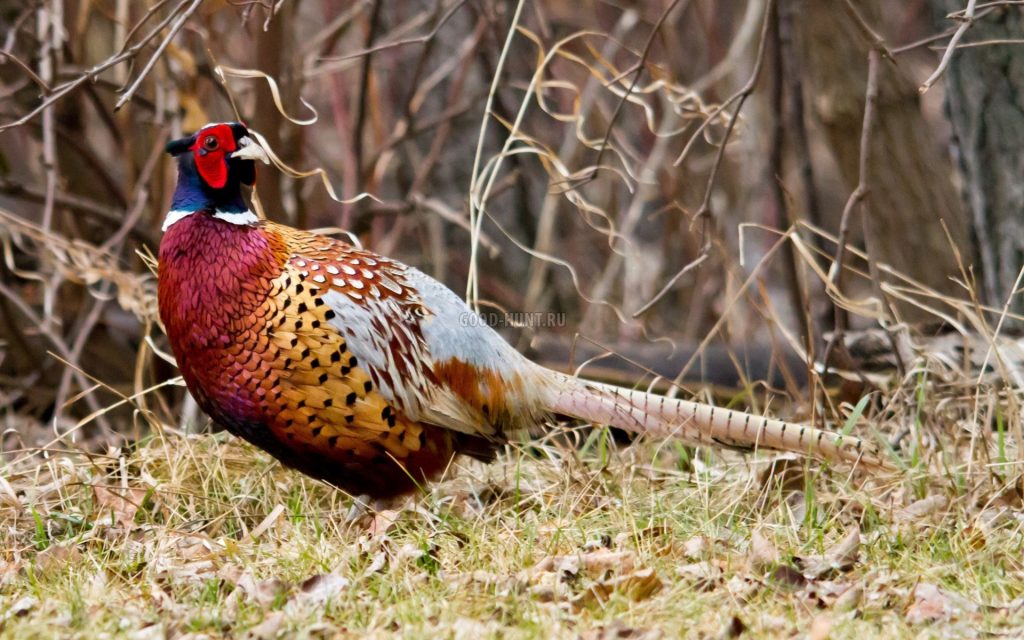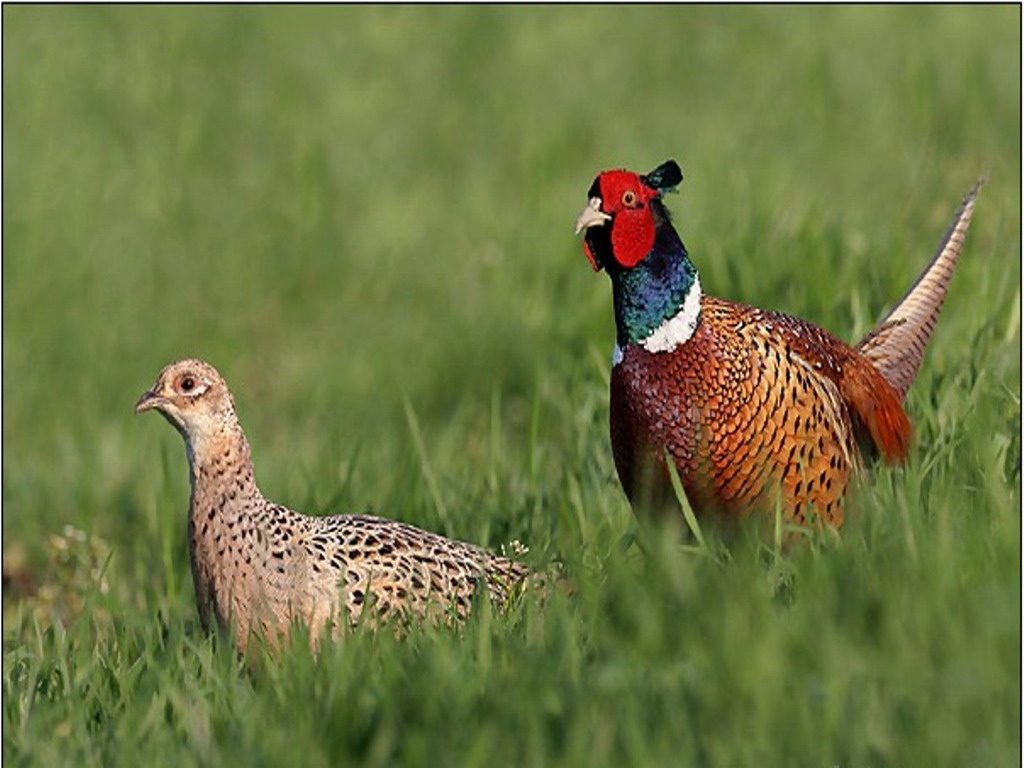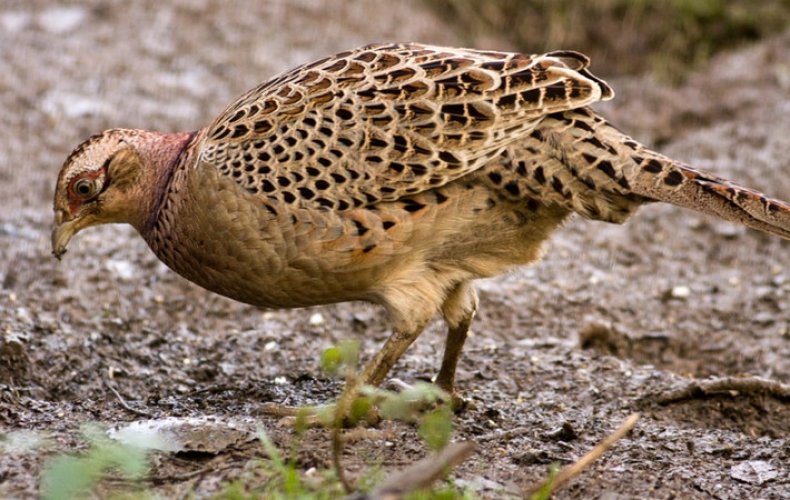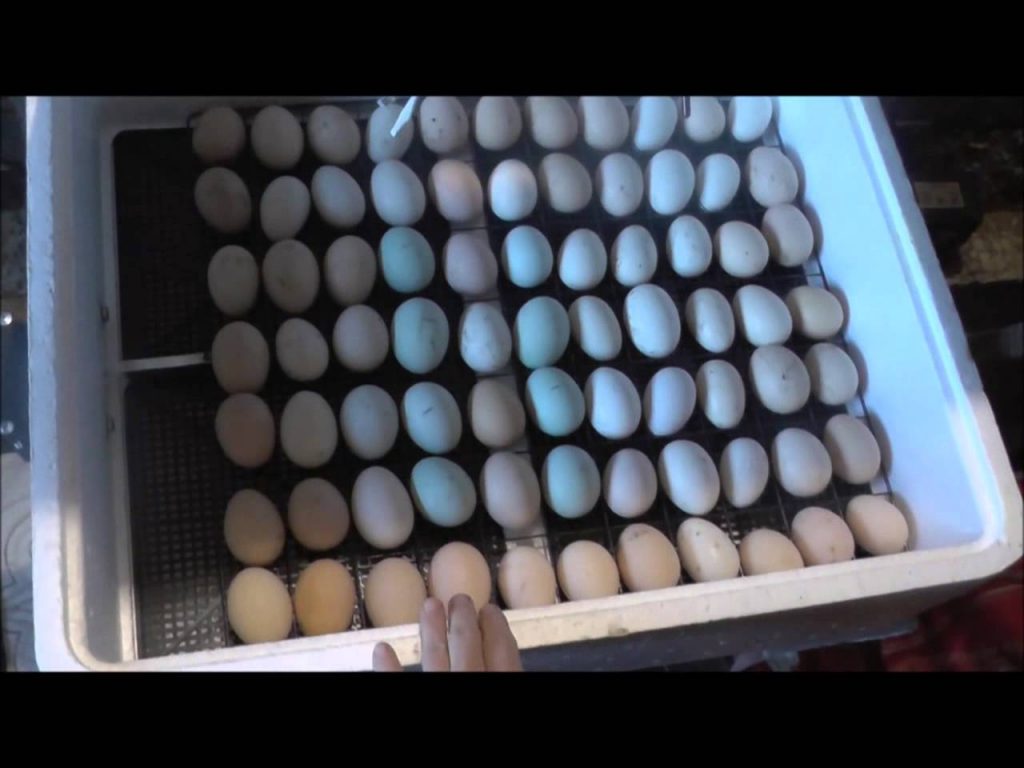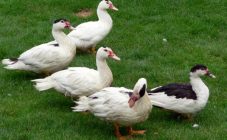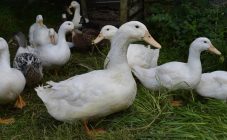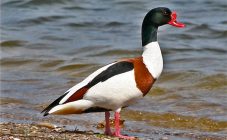Content:
The pheasant, in essence, is a game bird that belongs to the wild. But today, more and more often, some breeds can be found in simple farms. These birds attract summer residents with their attractive original appearance, high egg production rates. The silver pheasant is striking in its beauty. It seems that the jeweler tried to silver the nib, but did not finish. Other species, on the contrary, are bright and variegated, even hurts the eyes. The big advantage of breeding real pheasants is the delicious meat. To get the most out of pheasants in your yard, it's important to consider the basic rules for breeding these birds.
A bit of history
For a long time, avid hunters tell with admiration about this bird, how the pheasant cries, and how it looks. The bird is native to Southeast and Central Asia. Also, certain types of pheasants have a habitat in Europe (Italy, Russia and many other countries). In many states of America, pheasants are raised, for example, in Montana. In the middle lane, it is rare to meet a pheasant. In Russia, most often the bird lives in the Transcaucasia and the North Caucasus. They like valleys near river or lake coasts to have areas of dense vegetation nearby.
Today, pheasant is a favorite food of gourmets and the most coveted trophy of hunters. Today, you do not need to learn hunting skills to taste pheasant meat. A large number of farmers successfully raise wild relatives on their farms. Even in the conditions of the Moscow region, it is possible to breed birds of this breed.
Varieties of pheasants
Pheasants are birds belonging to the genus of chickens that are bred and live in the wild. The attraction and peculiarity of this bird is its voice, which is characteristic only for this species of birds. The bird has several species, found only in nature, people hunt them. There are several rare special pheasant breeds that can be successfully bred at home. There are breeds that live only in nurseries and private farms as collectible specimens.
The most common breeds:
- Nepalese view;
- silver pheasant;
- Japanese breed;
- Romanian pheasant;
- green pheasant kiji;
- white appearance;
- Crimean pheasant;
- Asian and Altai breed;
- blue eared appearance;
- trapogan;
- Caucasian pheasant;
- silver pheasant;
- lemon breed;
- pheasant piled and so on.
It will be interesting to know what a pheasant of each breed looks like, since they will differ in their color, habitat or distinctive features.
Common pheasant
In appearance, this pheasant strongly resembles a common chicken, but at the same time they have a longer tail. The average weight of a bird is about 1.1 kg. The plumage of the pheasant is bright, yellow and orange. Most often, the common pheasant in the wild is found near water bodies, where dense vegetation is noted.
Diamond pheasant
It got its name from the bright color of the feather. This breed is considered one of the brightest and most beautiful representatives of the bird.The crest is red, and the back and neck are greenish (sometimes this representative is called a green pheasant), and the belly has white plumage. The weight of diamond pheasants can be from 0.9 kg to 1.3 kg. It should be noted that the female is smaller than the male.
After 6 months, the bird begins to rush. In one season, she can lay about 30 eggs. A feature of this bird is its amazing calmness, domestic individuals very soon begin to calmly walk into their arms and easily endure life in the aviary.
Big Argus
A very beautiful breed of pheasants, which in appearance strongly resembles a peacock. This bird is sometimes called the big peacock pheasant. Argus got its name for its large body weight. The homeland of the bird is Malaysia, where the represented chicken representatives live. You can see these beautiful representatives of pheasants only in private farms, since it is quite problematic to raise them, they are rarely found in the wild.
Golden pheasant
The bird is distinguished by its magnificent plumage, which in its appearance and brightness is very much reminiscent of the tragopan parish. Individuals weigh up to 1.3 kg. The most striking feature of this breed is a yellow, almost golden crest with a black rim. The belly is colored burgundy. Females differ from males in the absence of a tuft.
In one season, you can get about 45 eggs from each bird, but young individuals can only lay about 20. Poultry farmers noticed that if an egg is immediately taken from a bird, then egg production can be increased.
The downside is a very weak immunity, birds can get sick very easily, so most veterinarians recommend introducing an antibiotic into their food. But, despite the weak immunity of the golden pheasant, the bird easily tolerates low temperatures (-35), so it can be grown in unheated rooms.
Hunting pheasant
This breed is notable for the fact that it was bred artificially and is a hybrid, which was named "Caucasian pheasant". To breed this breed, several species of common pheasant were crossed. The body length can reach up to 85 cm and weigh up to 1.9 kg. Males are distinguished by a bright color and a long pointed tail, females of this breed of pheasant look much more modest. Another distinctive feature is the presence of powerful large legs with spurs.
In 3 months, the female can lay up to 60 eggs, but most of them will be fertilized.
Features of breeding pheasants
Despite the fact that the pheasant belongs to the chicken species, the care of this bird will be different and have its own characteristics. First of all, a special poultry house equipment is required. The best option would be to build a separate enclosed space and a free walking enclosure.
The enclosed space should be large enough so that each bird has about 2 square meters. m. If you plan to grow poultry for meat, then you can reduce the area to 0.5-1 square meters. m per head. The floors are lined with river squeaks and are abundantly covered with straw and chopped grass. Also, there should be a sufficient number of thin twigs and logs that will become perches.
Much attention should be paid to the organization of aviaries. One individual should have about 10 square meters. m. To organize the protective walls, you should use a dense mesh without nylon and nicks, so that the pheasant bird cannot injure itself. Since it is a wild bird by nature, it needs to periodically fly and spread its wings. Therefore, the height of the enclosure must be at least 1.5 meters.
The aviary and pheasant house should be located in a quiet, calm place so that no one will disturb the bird. In aviaries and sleeping quarters, feeders should be placed, as well as special baths for bathing (this can be ash or sand).
In the summer, the bird can be kept outdoors; in the colder period, pheasants are transferred to heated enclosures. In winter, daylight hours are artificially extended to 16 hours.
To get their own offspring, pheasants settle birds in families that consist of 1 male (up to 2.5 years old) and 3-4 females, not older than one and a half years. During nesting and incubation of eggs, different families should not overlap.
Nests should be located on sheaves of hay or in small shrubs that are specially planted in the corners of the enclosure. Some pheasant breeds, by their very nature, lay eggs only on trees, therefore it is required for them to hang baskets made of natural materials.
The incubation period for pheasants is 25-40 days. But after 20 days of natural incubation, it is better to transfer the eggs to an incubator, since females in captivity sometimes begin to forget about their offspring: they leave the nest or trample the eggs with their feet.
Then the eggs are placed in incubators with a temperature of 37-38 ° C and an air humidity of 55-80%. These can be devices for breeding other chickens: chickens, turkeys, geese. After the chicks appear, they are transferred to boxes, which are placed in a room with a temperature of 28 degrees.
Nutrition
The diet of chicks, naturally, differs from the diet of adult birds of the pheasant family. It is worth starting to feed babies with boiled eggs with herbs, as well as giving milk whey to drink. Gradually, it is possible to introduce compound feed for broiler chickens into the nutrition of babies. From the 5th day, they begin to give millet porridge in milk.
An adult diet is introduced into food from 2 months. Every 100 gr. food norms should contain:
- barley;
- millet;
- corn;
- wheat and sunflower cake;
- boiled vegetables;
- chopped grass;
- bone and fish meal.
If the birds do not eat everything for feeding, then the one-time amount of food should be reduced. Water must always be poured so that the bird can drink throughout the day, but the bird must eat at a certain time.
In winter, it is recommended to increase the content of fish oil (up to 2 grams per head), crushed shells, vitamins, eggs are also added. To increase the survival rate of young animals, the birds should be regularly given preparations of erythromycin, penicillin, biovit. Also, to strengthen the immunity of pheasants, preparations based on vitamin C should be regularly dissolved in water.
If the animals are not provided with free range in the summer, then worms, beetles, and green grass should be added to the feed.
Advantages and disadvantages of pheasants
Breeding pheasants on the farm for own use or for private business has a number of advantages and disadvantages. With the right approach, any minus can be eliminated.
Among the positive aspects that can be ranked among the advantages, it should be noted:
- a small number of pheasant farmers who may become competitors;
- great appearance of flocks of pheasants;
- tasty and healthy dietary meat, which is in great demand.
But such a bird also has disadvantages:
- at the start of growing, you will need to invest significant amounts;
- in the process of growing, a number of difficulties may arise in providing food and space for life;
- the high cost of individuals for purchase.
As you can see, the cultivation of pheasants can be associated with a number of difficulties. But with the right approach to organizing the farm where the birds will live in the future, and providing them with full-fledged care, you can get beautiful birds that will delight you with delicious meat and a beautiful appearance. Before starting to breed such a bird, it is important to know how many eggs this species lays, what habitat conditions must be provided.
